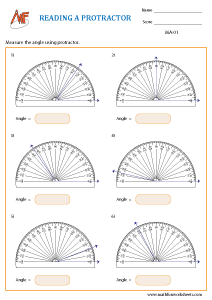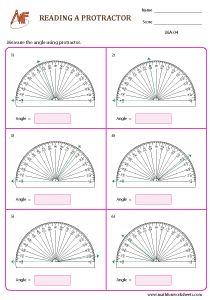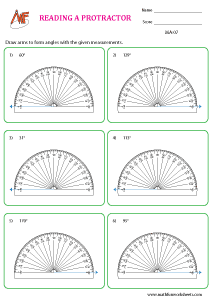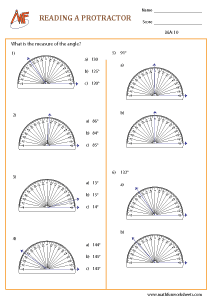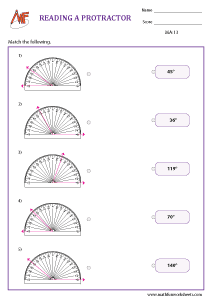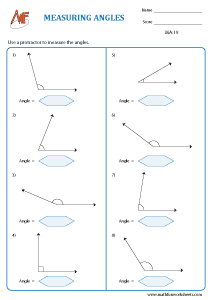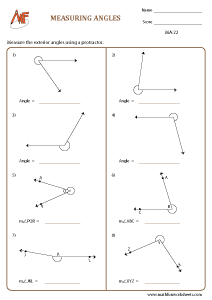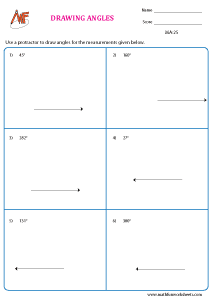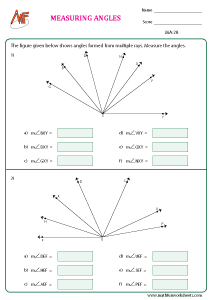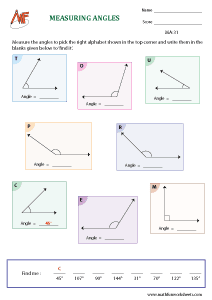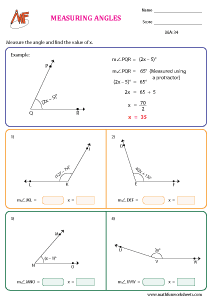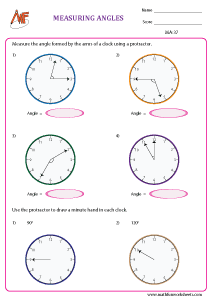Browse by Topics
- English Worksheets
- Science Worksheets
- Kid's Corner
- Numbers & Operations
- Addition
- Subtraction
- Multiplication
- Division
- Decimals
- Place Value
- Roman Numerals
- Skip Counting
- Odd & Even Numbers
- Patterns
- Cardinal & Ordinal Numbers
- Rounding Numbers
- Estimation of Numbers
- Estimation of Time & Money
- Counting & Cardinality
- Comparing Numbers
- Ordering Numbers
- Fractions
- Prime & Composite Numbers
- Squares & Cubes
- Square & Cube Root
- Divisibility Rules
- Factors & Multiples
- Data Handling
- Algebra
- Ratio
- Least Common Factor
- Greatest Common Factor
- Percent Worksheets
- Proportion
- Order of Operations
- Scientific Notation
- Exponents
- Algebraic Expressions
- Evaluating Algebraic Expressions
- Simplifying Algebraic Expressions
- Graphing Lines
- Point Slope Form
- Two Point Form
- Two Intercept Form
- Equations
- Identifying Functions
- Evaluating Functions
- Function Table
- Domain and Range
- Trigonometric Charts
- Quadrants
- Polynomials
- Measurement
- Geometry
- Word Problems
Measuring Angles worksheets
Measuring angles is much easy after we started to use a mathematical tool, the protractor. In these printable measuring angles worksheets, we will learn to measure angles using a protractor. We have already learnt that two rays originating from a common end point form an angle.
Measuring angles is an important skill in geometry that helps us understand the size and direction of turns or corners. Whether you’re working on a school project, designing something, or solving real-world problems, knowing how to measure angles correctly is essential.
To begin, always identify the type of angle you’re dealing with—acute, right, obtuse, or reflex. Recognizing the angle type will help you estimate the measurement before using any tools. This step can save time and improve accuracy.
Next, use a protractor to measure the angle. Place the midpoint of the protractor on the angle’s vertex, and align one side of the angle with the baseline. Then, read the number on the scale where the other side of the angle points. Remember to use the correct scale based on the direction of the angle.
Using a protractor in an anticlockwise direction:
- This is measurement in anticlockwise direction. Thus, we will use the inner scale to measure the angle.
- The centre of the protractor is placed on the vertex B of the angle ABC. The base line of the protractor should coincide with the base BC of the angle.
- Read the markings where the arm BC overlaps the markings on the protractor. That measurement is the measure of the angle.
- Therefore, the angle ABC measures 45°

The same procedure is followed for measuring an angle in the clockwise direction, but the outer scale is used here to measure the angle.
Download all the worksheets and learn to measure angles in a simple way.
Measuring Angles worksheets free download pdf
Reading Protractor - Inner scale

Reading Protractor - Inner scale
Reading Protractor - Inner and Outer scale

Reading Protractor - Inner and Outer scale
Measure the given inner angles

Measure the given inner angles
Measure angles using protractor

Measure angles using protractor
Measure exterior angles using protractor

Measure exterior angles using protractor
Measure angles formed by multiple rays

Measure angles formed by multiple rays

